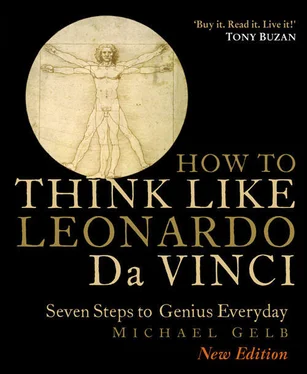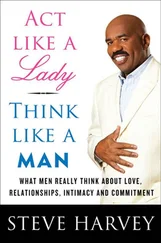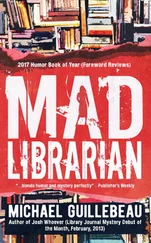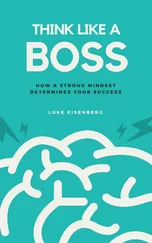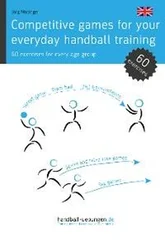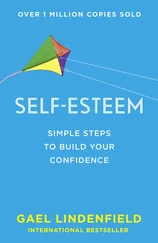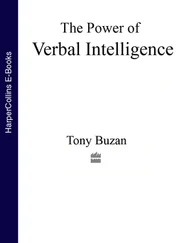We can speculate about the origins of Leonardo’s unparalleled genius, but the more we learn about him the more the mystery seems to grow. And so does his influence, even in popular culture. In the opening scene of the major motion picture The Italian Job rapper turned actor Mos Def walks along the canal in Venice reading this book. Def shows it to one of his partners in crime, played by Jason Statham, and explains why Leonardo is so “cool.” The maestro also stars in Dan Brown’s best-selling mystery novel The Da Vinci Code, and makes cameo appearances in various episodes of Star Trek as a holographic adviser to the captain of the Enterprise.
This universal fascination with the supreme man of the Renaissance reflects a more personal, intuitive inkling about our own possibilities for creative expression. Beyond all his stellar achievements, Leonardo da Vinci serves as a global archetype of human potential. Since this book was first published in 1998, it’s been translated into 18 languages and I’ve heard from enthusiasts around the world. A Polish elementary school teacher uses the seven principles to organize her class curriculum. The head of strategy for a major London-based consulting firm discovered that Leonardo was an invaluable ally in helping his multinational clients solve some of their most important business problems. And a 32-year-old father from Tennessee commented, “This book gave me everything I always wanted to teach my children but didn’t have the words to say.”
One of my favorite bits of feedback came from renowned anthropologist, visionary, author and shaman Jean Houston. A modern Renaissance woman, Jean serves as an adviser to world leaders on accessing the essential wisdom of the universal archetypes expressed in diverse cultures and traditions. About a year after Think Like Da Vinci was first published I was invited to speak to a group of 500 psychotherapists in Washington, D.C. After the presentation, Jean, who was also there to address the conference, appeared and whispered in my ear, “Leonardo is very pleased.”
It’s easy to imagine Leonardo’s pleasure when Ricardo Muti conducted Beethoven’s Fifth in tribute to him at La Scala in September of 1999. The celebration took place exactly 500 years after the day when the model for Leonardo da Vinci’s magnificent 24-foot-tall equestrian sculpture was destroyed by invading French troops. Now, the “Lost Horse” was being resurrected in Milan, and after leaving the concert one could almost see the smile in the eyes of the statue of Leonardo which graces the center of the La Scala square.
The rebirth of the Horse began in the imagination of a former airline pilot and art collector, Charles Dent, to whom this book is dedicated. Although he died in 1994, Dent’s work continued through the non-profit organization he founded. Honoring a promise made to Dent on his deathbed, the board of Leonardo da Vinci’s Horse, Inc. led a coalition of donors, artists, metallurgists, volunteers and scholars in fulfilling this dream. Sculpted by Nina Akamu, the majestic Horse stands proudly in Milan with a second full size casting in the Fredrik Meijer Gardens in Grand Rapids, Michigan. Smaller scale bronze replicas also adorn Leonardo’s hometown of Vinci, Italy and the Dent family hometown of Allentown, PA.
The rebirth of this lost masterpiece is a testament not only to the maestro’s artistic genius but also to his embodiment and expression of the human creative spirit. This spirit was also alive in October of 2001 when Queen Sonja of Norway dedicated a bridge linking her country and Sweden. Built based on an original design sketched in 1502 by Leonardo da Vinci, the bridge was originally intended for the Turkish Sultan Bejazet II. But, the Sultan declined to proceed with the project because its revolutionary pressed-bow engineering and 720-foot span seemed “too fantastic.” In 1996, Norwegian artist Vebjørn Sand saw Leonardo’s sketch and, moved by its graceful beauty and powerful symbolism, dreamed of recreating it. After six years of fundraising and testing, in cooperation with the Norwegian Transportation Ministry, Sand’s Leonardo Bridge was unveiled just outside Oslo. Spanning the highway connecting Norway to neighboring Sweden, it is the first civil engineering project in history based on an actual Da Vinci design. Sand imagines a Leonardo Bridge on every continent as a global tribute to the remarkable life and genius of Leonardo da Vinci and his inspiration for all of us to express our own creative potential.
Sand and Dent’s nephew Peter were both present at the opening reception of the amazing exhibition of Da Vinci drawings at New York’s Metropolitan Museum of Art in the spring of 2003. Over flutes of prosecco we shared our reflections on the maestro’s drawings and his vivifying presence. We agreed that if God could draw this is what it might look like. Sand then laughed as he shared the story of one municipal council committee that had declined to proceed with the building of a Leonardo bridge because they felt that the design was “too futuristic.” Dent explained that having helped fulfill his uncle’s vision to create Leonardo’s Horse, his organization was now merging with the Discovery Center of Science and Technology, with a mission to bring Leonardo’s inspiration to science education for children around the world. The Center’s educational mission is expressed in the seven principles for thinking like Leonardo that you will learn in the pages that follow.
One of Leonardo’s favorite images was the rippling circles of water that flow out from the center when a stone is dropped into a pool of water. Leonardo’s life was a gem tossed into a pool of time that became known as the Renaissance and his genius ripples on and on into eternity. The art critic Bernhard Berenson summed it up when he said of Leonardo, “Everything he touched turned to eternal beauty.” My wish for you is that you will allow the principles for thinking like Leonardo to bring a touch of that rippling beauty to your life every day.
Michael J. Gelb
September 2003
PART ONE
Introduction Your Brain Is Much Better than You Think.

Although it is hard to overstate Leonardo da Vinci’s brilliance, recent scientific research reveals that you probably underestimate your own capabilities. You are gifted with virtually unlimited potential for learning and creativity. Ninety-five percent of what we know about the capabilities of the human brain has been learned in the last twenty years. Our schools, universities, and corporations are only beginning to apply this emerging understanding of human potential. Let’s set the stage for learning how to think like Leonardo by considering the contemporary view of intelligence and some results of the investigation into the nature and extent of your brain’s potential.
Most of us grew up with a concept of intelligence based on the traditional IQ test. The IQ test was originated by Alfred Binet (1857–1911) to measure, objectively, comprehension, reasoning, and judgment. Binet was motivated by a powerful enthusiasm for the emerging discipline of psychology and a desire to overcome the cultural and class prejudices of late nineteenth-century France in the assessment of children’s academic potential. Although the traditional concept of IQ was a breakthrough at the time of its formulation, contemporary research shows that it suffers from two significant flaws.
The first flaw is the idea that intelligence is fixed at birth and immutable. Although individuals are endowed genetically with more or less talent in a given area, researchers such as Buzan, Machado, Wenger, and many others have shown that IQ scores can be raised significantly through appropriate training. In a recent statistical review of more than two hundred studies of IQ published in the journal Nature , Bernard Devlin concluded that genes account for no more than 48 percent of IQ. Fifty-two percent is a function of prenatal care, environment, and education.
Читать дальше
